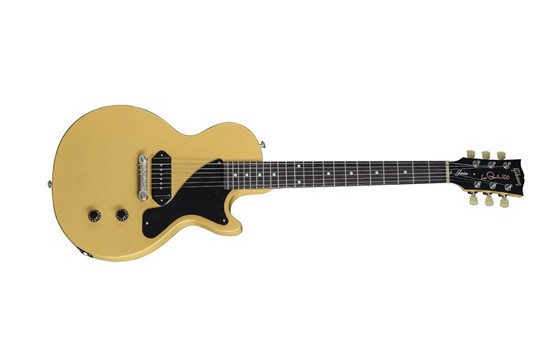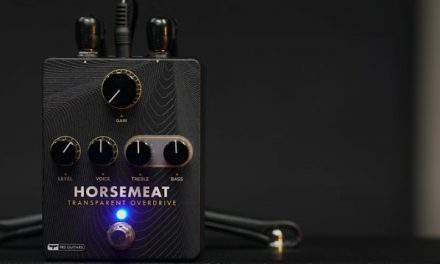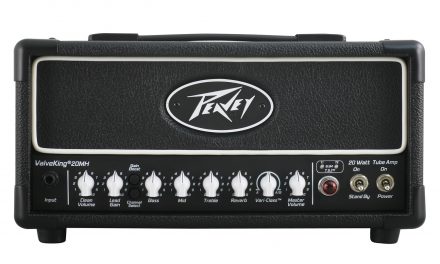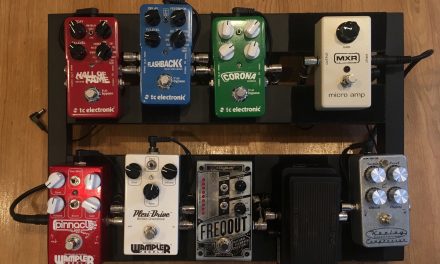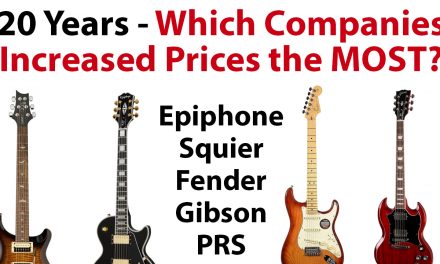Some Les Pauls and Strats from the 50’s can go for six digits. They are highly sought items and people with tons of disposable income are willing to pay extreme sums for them. Good for them. The rest of us can ponder how an old guitar can be worth half a million dollars, but the simple answer is that something is worth what someone is willing to pay for it.
But guitar players are peculiar creatures. The electric guitar is not just a hammer or saw. It can also a piece of art, a conduit for expression, a keepsake/family heirloom, and more. People who say the look of a guitar doesn’t matter aren’t guitar players, or if so aren’t being honest. Some guitars sit in a room and almost call out to you to play. You are more likely to pick up a guitar that appeals to you. And a guitar that you want to play more will cause you to play more, which is a good thing.
So looks matter, whether you like the look of a worn guitar or one that is perfect. Aside from looks, the feel/playability matters a great deal, and of course the sound. So we have look, feel, and sound. Each player will have their own ratio of the three elements, but once you understand the ratio you can start to come to a point where you understand how to pick the best guitar for you. In some cases (like mine) you need more than one guitar. But each of the guitars will have a ratio.
The rest is budget. As regular site readers know, I am not willing to spend more than $500 on a guitar, mostly because I believe the law of diminishing returns applies beyond that point AND because I am not rich AND I am not happy with only one guitar. So once you’ve determined your budget, the process becomes one of elimination. But what is a “player’s guitar?”
In the general sense, a player’s guitar is an instrument that offers great feel and sound but compromises somehow on look or authenticity or cosmetics. In some circles, a 1958 Gibson Les Paul that has been damaged and rebuild with non-original parts or heavily modded and sells for $4,000 instead of $40,000 is a player’s guitar. The math makes sense – it’s 10% the cost and the same playability. But is such a guitar worth 4 grand? If someone is willing to pay it, yes, but it’s not a logical purchase. To me, no guitar is worth 4 grand. And I think a player’s guitar should be able to pass the blindfold test.
The Blindfold Test
It’s just what you think it is. Play the guitar along with several others without looking. Judge the guitar by feel and sound. You might discover you like a $400 guitar better than a vintage player’s guitar that’s ten times the cost. Or you might not, but you might like a new $2,500 PRS better than that $4,000 Gibson. But I just got done telling you looks matter! So what’s the deal? The deal is that people overpay for things based on looks. That’s totally fine, as long as you are aware you’re doing it. There’s a lot of bullshit about old wood where the finish has worn off sounding so much warmer than new guitars. Wood does matter, because a guitar is a system and everything matters. But how much it matters is a hot debate. The easy answer is to listen with your ears instead of your eyes. And listen in person – never never judge a guitar or amp based on a YouTube video. It’s a much different experience when you’re in the room.
Ultimately, looks do matter a lot. But playability and sound are just as important or more important.

